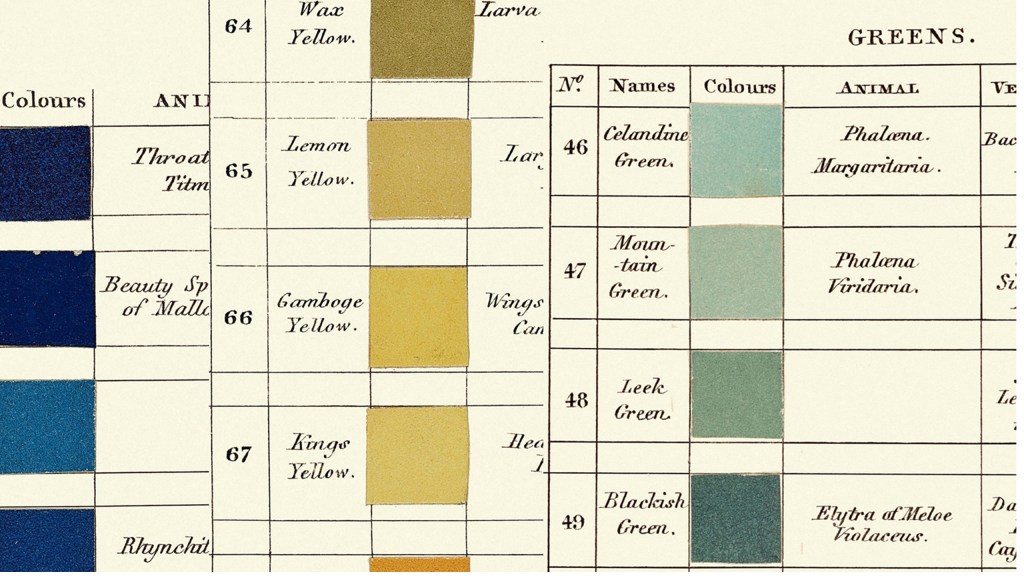
Josef Albers (1888 – 1976) was a German painter, designer, theoretician, and teacher. He was born in Bottrop, Westphalia. He was professionally active in Germany and the USA. He was the husband of Anni Albers.
“When I paint, I try to develop visual articulation says, Josef Albers. “I do not think about abstraction and just as little about expression.” Josef Albers aims as an artist to challenge ideas, points of view, and even how we look at the world.
Art, he felt, is seeing, and he believed that his contemporaries had not done an excellent job of this. The reason, he says, is because they have been so individualistic. They have stuck themselves in one dominant style. Instead, Albers believed seeing demanded many presentations of the same forms to test the possibilities and reactions to each of the different colours. To prove his point, Albers chose the square series in 1949. He aimed to prove that the ongoing relationships of colour and light had unlimited possibilities in changing art’s form and meaning.
Homage to the square
All these works used the same, simple format- a series of three or four superimposed squares. By using resonant, flatly applied colours, Albers changed the square to fit various emotions. He does this by revealing the characteristics of colour, how it appears to change in different lights, and how two colours may seem to be three and three colours two. He illuminates with the juxtaposition of colours how he can make the central square leap out or drawback.
“They are juxtaposed for various and changing visual effects,” Albers says.
“They are to challenge and echo each other. Such deceptions prove that colour changes continually, with changing light shape and placement.
Background
Albers was born in 1888 in Bottrop, Germany; he received his early education in Berlin, Essen and Munich. When he was only 20, he first felt the influence of the artists Cezanne and Matisse. At the age of 32, he went to Weimar to enrol in the famous Bauhaus. He became a teacher and worked with such creative geniuses as Kandinsky, Klee, Gropius and Feininger.
The idea that technical skill is necessary appealed to Albers. For the first time, he created a course in basic design that would train artist-craftsmen for the machine art of the new industrial society. When the Bauhaus fell out of favour with the fascist government of Germany, Albers and his wife, Annie, herself a textile and fabric designer, came to The United States and accepted teaching positions at the progressive Black Mountain College in North Carolina. In his last year, he began his homage to the square. He then went to Yale University to become the chairman of the Department of Art. He retired from Yale in 1958.
Albers took exception to a highly influential artist, Piet Mondrian. Mondrian, he believed, had carried non-objective expressionism to its logical extremes. With his geometric use of squares, rectangles, and primary colours, he uses these forms as ends in themselves.


More on Color Theory
Kandinsky’s Impact on Bauhaus Design Principles
Wassily Kandinsky’s contributions to abstract art, particularly at the Bauhaus, reshaped design principles by emphasizing the emotional and spiritual significance of color and geometric form.
Keep readingPaul Klee and the Science of Color
Paul Klee revolutionized colour theory in the 20th century, blending emotional and scientific aspects through innovative teaching and dynamic artworks that influenced modern art and design.
Keep readingThe Impact of Werner’s Nomenclature on Design
Werner’s Nomenclature of Colours, published in 1814, standardized colour classification using nature, influencing 19th-century science and art, and paving the way for modern colour systems.
Keep readingPrussian Blue in Fashion and Textiles: A Deep Dive into Design’s Most Captivating Color
The Prussian blue, a historically rich pigment, revolutionized art and textile design. From 18th-century breakthroughs to modern sustainability, its impact endures. Future innovation awaits.
Keep readingViola Grasten: A Beacon of Color and Design in the Textile World
Viola Grasten, a Finnish-Swedish textile designer, blended tradition and modernity, leaving a lasting impact on mid-20th-century Finnish and Swedish textile design.
Keep readingThe Continuous Spectrum of Light: A Deep Dive into Color and Design
This blog post delves into the significance of the continuous spectrum of light in applied and decorative arts, from historical influences to modern design applications.
Keep readingRelated Articles
Discover more from Encyclopedia of Design
Subscribe to get the latest posts sent to your email.





